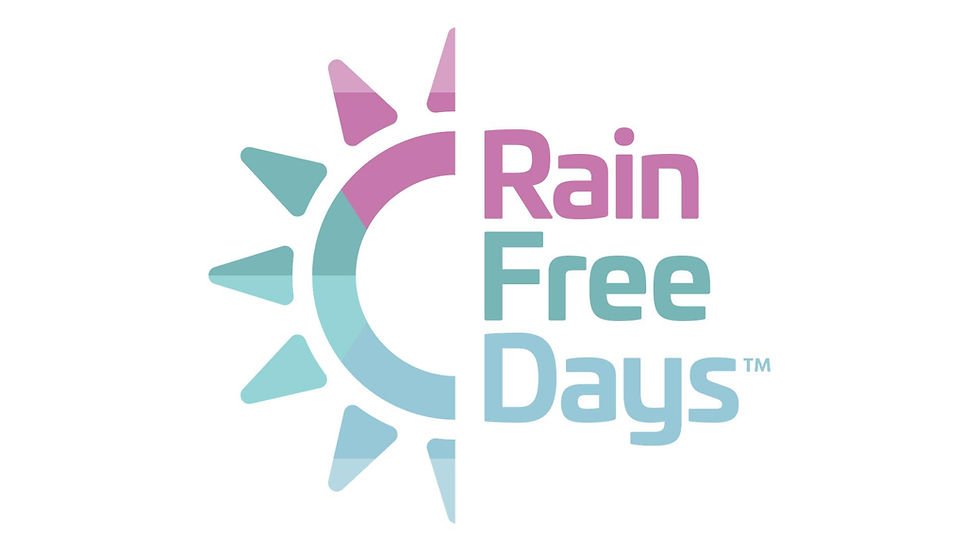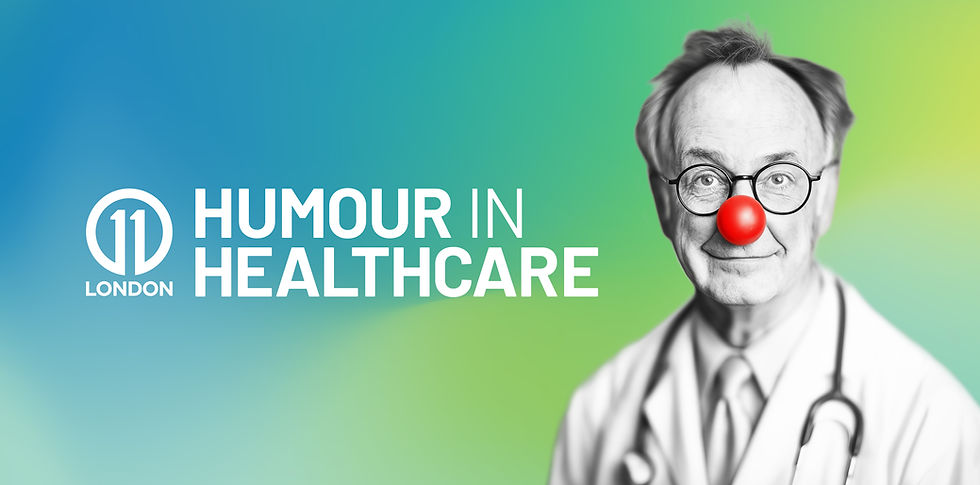Embracing the QR code: a health and humanity perspective
- matthewhunt123
- Feb 14, 2022
- 3 min read
By Florine Morillo
Lately, you’ll be noticing them everywhere – the humble QR code is making a comeback. Having reached a peak of popularity in 2011, the codes’ usage had pretty much gone out of fashion until recently when the tech is finally finding its place.

Around the world, QR codes have re-emerged as a simple solution to avoiding physical contact, whether it be looking at a restaurant menu, ordering in a pub, or registering for an appointment. In the UK, their use is set to increase significantly in the months following the launch of the NHS “Test and Trace” app. This app will play a role in managing the virus by giving customers at hospitality venues the option to check in via a QR code and assist track and trace.
A recent consumer survey published by Mobileiron reports that 66.8% of the respondents scanned a QR code this September. This is unsurprising, as previous research on hype cycle showed that as of this year, QR code usage entered a plateau of productivity showing they’re being adopted by the mainstream and their usage will continue to grow.
Currently QR codes can be used to open a URL, download an app, start a phone call, send a text and, importantly, to make a payment. This last use is of particular interest to many brands but especially to charities, as it offers a new way to donate, in an increasingly cashless society.
The use of QR codes in health and humanity organisations
Simple to create, with multiple functions and easy to use, QR codes are a new lead driver that should be widely adopted.
Many companies across the UK have already started to use QR codes as a way a to bridge offline and online. For health and humanity organisations, it’s easy to imagine their use on almost any media imaginable from OOH, TV ads, press ads, merchandise, and street fundraising materials. As their usage has increased, here’s a selection of examples from the real world to get you thinking about how you could incorporate them into your campaigns.
Campaign examples: modern usage
Charities such as The Royal British Legion have decided to join the movement, adding QR codes that lead to make a donation on various of their fundraising materials such as their collection boxes for the Poppy Appeal.

Likewise, for Air Ambulance Week 2020, the codes were also present on the Air Ambulance board materials, providing contactless donation points for anyone passing the ad on the street.

Created with the contactless payment service Thyngs, this ad overcame one of the many new fundraising challenges of 2020 by replacing the usual bucket collection with a COVID-friendly alternative.

Moreover, QR codes are very malleable and can become an integral part of the campaign visual. A great example of this integration is the Red Cross’s fundraising campaign for Japan. Placed in the centre, it’s highly recognisable both as a QR code and as the charity’s iconic logo.
Whilst the QR code itself must be a square, it is still possible to integrate a shape or design within it or to position the QR code at the centre of an image.
An ally to analytics
In addition to being an effective tool to achieve any given call-to-action, the humble QR code is also a great resource to give a better overview of a campaign as it provides real-time data. Indeed, with this bridge between an offline campaign and online call-to-action, the results can be more accurately analysed, providing an additional insight to calculate the campaign’s ROI. With this simple tech, you can trace the number of visits, app installations and donations that have been generated thanks to the code.
In looking at previous offline campaigns that used QR codes, it appears that the responses are promising. Many charities have been able to raise substantial funds thanks to their campaigns and combined use of this tech. Furthermore, health companies have been able to generate leads and website traffic by embracing the simple addition of a QR code. For these reasons, 11 London have been using QR codes in our materials to good effect. How could you integrate them into your next campaign?
About 11 London
11 London is an advertising and communications agency, based in West London. We work in the areas of health and humanity - with organisations, brands or products that improve or prolong life. To learn more about 11 London, please contact:




